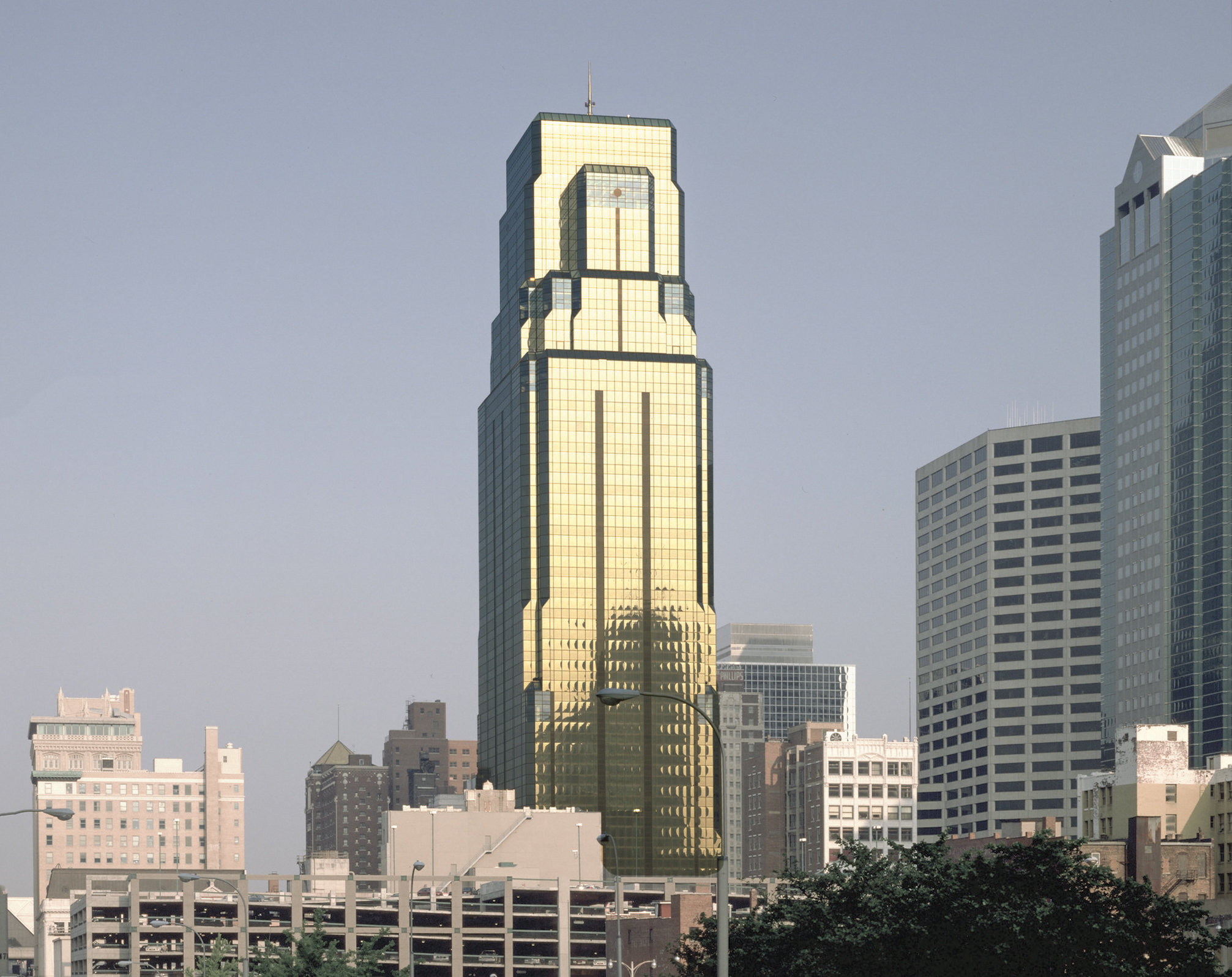The One Kansas City Place is a Postmodernist skyscraper designed by Patty Berkebile Nelson & Immenschuh, and built between 1985 and 1988, for a reported $140 million dollars, in Kansas City, MO.
One Kansas City Place is not the only name you might know this building by though. The building is, or has also been known as 1200 Main Street.
Its precise street address is 1200 Main Street, Kansas City, MO. You can also find it on the map here.
In 1988 the One Kansas City Place was awarded with the Missouri Cornerstone Award.
The building underwent a major restoration in 2024.


